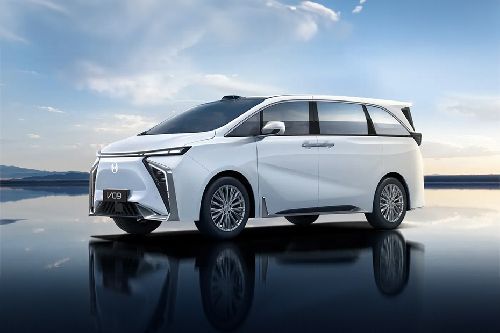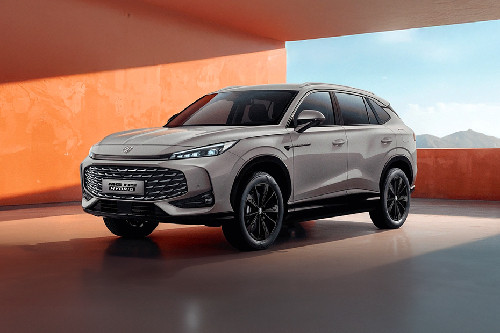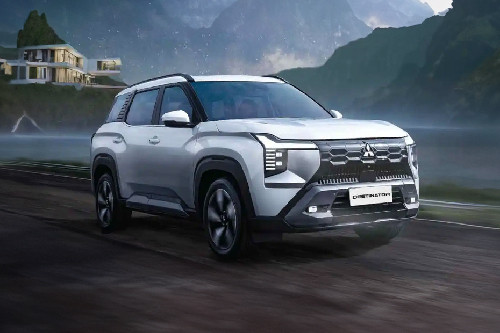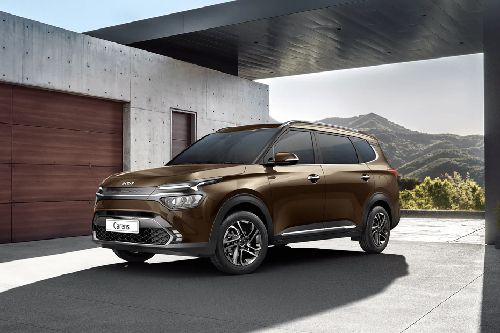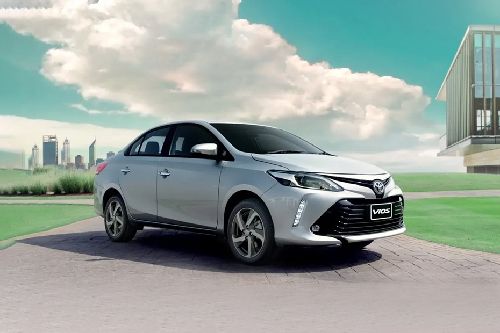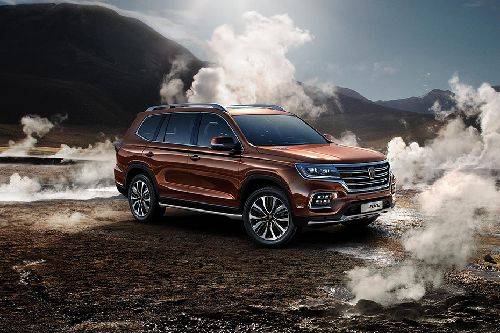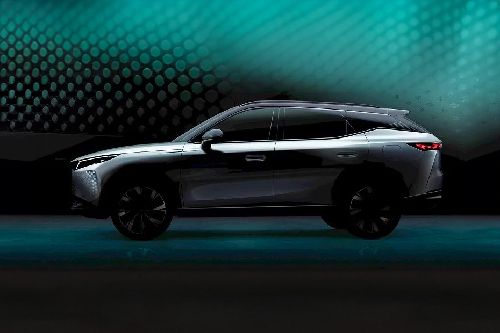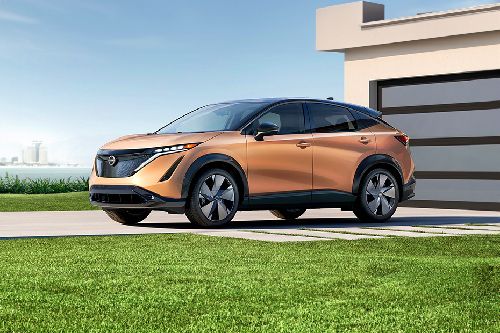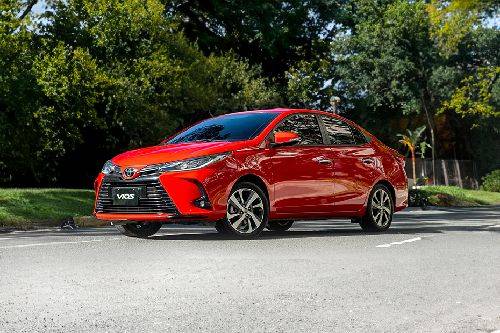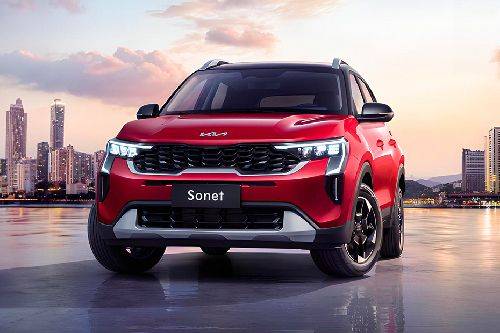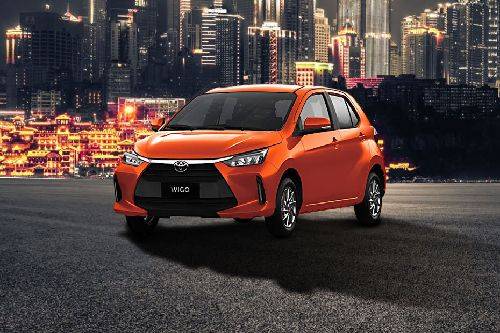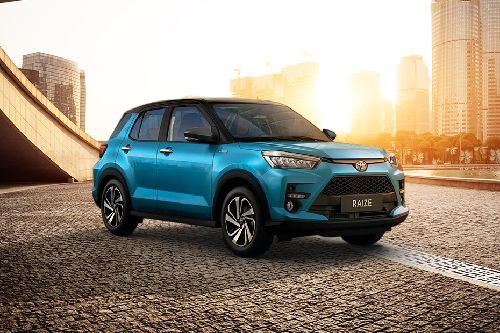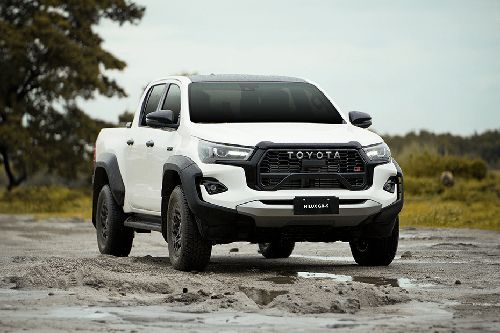ELECTRIA: here are the EV classifications per DOE
The BYD Atto 3, Toyota Zenix, Mitsubishi Outlander PHEV, and Hatasu ebikes are some good examples of the different EV classes in the country

Electric vehicles (EV) are now a common fixture in the local automotive scene. They not only offer a more sustainable means of mobility, but also allow their owners to enjoy a few benefits thanks to the government’s — and the private sector’s — push for electrification.
KEY TAKEAWAYS
How many EV classifications have been outlined by the DOE?
The DOE has outlined four EV classes, which are BEVs, HEVs, PHEVs, and LEVs.How does knowing the different EV classifications help car buyers?
Knowing the different EV categories will allow a car buyer to choose the right vehicle for his or her needs.And before we discuss various EV-related topics here in Zigwheels Philippines Charged (a segment dedicated for all-things EV), let us take a look at the different electric mobility classifications outlined by the Department of Energy (DOE).
Battery-electric vehicles
A battery-electric vehicle (BEV), according to the country’s energy bureau, is “an electrically propelled vehicle with only a traction battery as power source for vehicle propulsion.”
Typically, the power cells are paired with a permanent magnet synchronous motor — or motors — that drive the vehicle without needing conventional fuel. Since BEVs do not use gasoline or diesel as fuel, some Filipino car buyers are worried about whether a single charge will suffice trips for movement in and outside the city.

Well, some BEV like the BYD Atto 3, proved that it can take on longer journeys given that owners bear in mind a few EV-specific driving features like regenerative braking. Zigwheels Philippines was able to drive the electric crossover on a trip from Bonifacio Global City (BGC) to Baguio, and back again.
In addition to proving that BYD Atto 3 owners should not be concerned about range anxiety, the Ayala Group — which distributes BYD cars in the Philippines — plans to increase the volume of its EV charging infrastructures in the country.
Hybrid electric vehicles
According to DOE, hybrids are EVs “with both a rechargeable energy storage system and a fueled power source for propulsion.”
This means that hybrid electric vehicles (HEV) use both an internal combustion engine (ICE) and an electric motor or motors that use energy stored in batteries. As a result, these automobiles have better fuel economy and lower tailpipe emission.

One good example of an HEV is the Toyota Zenix Q Hybrid.
The electrified multi-purpose vehicle is powered by both a 2.0-liter gasoline engine and a motor generator. Power is sent to the front wheel with the system prioritizing use of the electric motor in low- and mid-speed ranges. Meanwhile, the ICE kicks in when hard acceleration is required.
Like BEVs, HEVs also use regenerative braking, which allows the battery to recharge when one steps on the brakes.
Plug-in hybrid electric vehicles
Plug-in hybrid electric vehicles (PHEV) are electrified automobiles that the DOE classifies as “HEVs with rechargeable energy storage systems that can be charged from an external electric energy source.”
On top of having the ability to recharge the vehicle’s battery using an external charger — which could be a home charger or those found on gasoline stations and shopping malls — PHEVs usually have larger power cells that can deliver better range in full EV mode.

The Mitsubishi Outlander PHEV, for example, boasts up to 55 kilometers (km) of emissions-free driving when EV mode is selected — that’s roughly the distance from Santa Rosa, Laguna to BGC.
Owners can also choose to use the said electric mode manually, or let the sport utility vehicle’s intelligent system do it for them automatically.
That said, PHEVs not only offer flexibility when it comes to recharging the battery but also when it comes to choosing how owners decide to power their drives.
Light electric vehicles
Not all EVs have four wheels. Some have three or two and are lighter, smaller in stature. These are what the DOE calls light EVs or LEVs.
Per the agency, LEVs are “EVs used in micromobility that provide alternative modes of transportation which include electric scooters, electric bicycles, electric personal transport, and other similar vehicles weighing less than 50 kilograms.”
Because of their size, they typically have smaller batteries that can cover shorter ranges. On that note, they are considered last mile mobility solutions and are often used for traveling short distances.

Hatasu’s electric bike range is a good example of these LEV models. The Mako 2, for instance, gets a 48-volt battery that offers an estimated range of 60-75km.
Zigwheels Philippines was able to check out the Hatasu Mako 2 and the Nero in an event staged by the Chinese mobility brand and KServico.
Final thoughts
These are the recognized EV classifications outlined by the DOE. Understanding which EV type is which will not only help car buyers choose the right vehicle for their lifestyle but also pick the right one that best suits their needs.
For more news about EVs, check out our dedicated page for electric cars.
Photos from Juan Paulo Papa and Ruben Manahan IV
Also read:
Geely Yinhe E8 EV sedan claims 2024 iF Design Award
Sell your car at the best price
 Verified and genuine buyers
Verified and genuine buyers
Trending & Fresh Updates
- Latest
- Popular
You might also be interested in
- News
- Featured Stories
Featured Cars
- Latest
- Upcoming
- Popular
Latest Car Videos on Zigwheels

Car Articles From Carmudi
- journal
- advice
- financing
- insurance

































